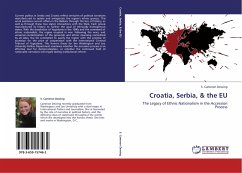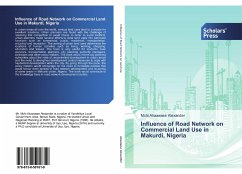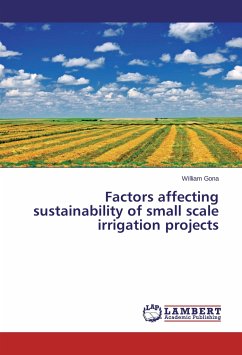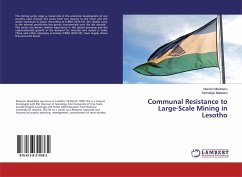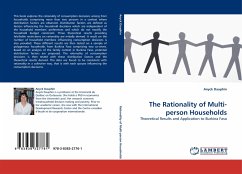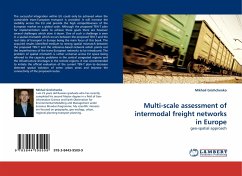
Multi-scale assessment of intermodal freight networks in Europe
geo-spatial approach
Versandkostenfrei!
Versandfertig in 6-10 Tagen
32,99 €
inkl. MwSt.

PAYBACK Punkte
16 °P sammeln!
The successful integration within EU could only be achieved when the sustainable trans-European transport is provided. It will increase the mobility across the EU and provide the high competitiveness of the European market on a global scale. Although the proposed TEN-T plan for implementation seeks to achieve these goals there are however several challenges which slow it down. One of such a challenge is seen in a spatial mismatch which occurs between the proposed TEN-T and the real state of transport in Europe being the main focus of this book. The acquired results identified medium to strong ...
The successful integration within EU could only be achieved when the sustainable trans-European transport is provided. It will increase the mobility across the EU and provide the high competitiveness of the European market on a global scale. Although the proposed TEN-T plan for implementation seeks to achieve these goals there are however several challenges which slow it down. One of such a challenge is seen in a spatial mismatch which occurs between the proposed TEN-T and the real state of transport in Europe being the main focus of this book. The acquired results identified medium to strong spatial mismatch between the proposed TEN-T and the reference-based network which points out the imperfectness of the trans-European networks to be introduced. The problem of spatial mismatch is rather universal across EU space being referred to the capacity problems in the central congested regions and the infrastructure shortages in the remote regions. It was recommended to initiate the official evaluation of the current TEN-T plan to decrease detected spatial isolation of some urban areas and improve the connectivity of the proposed routes.



